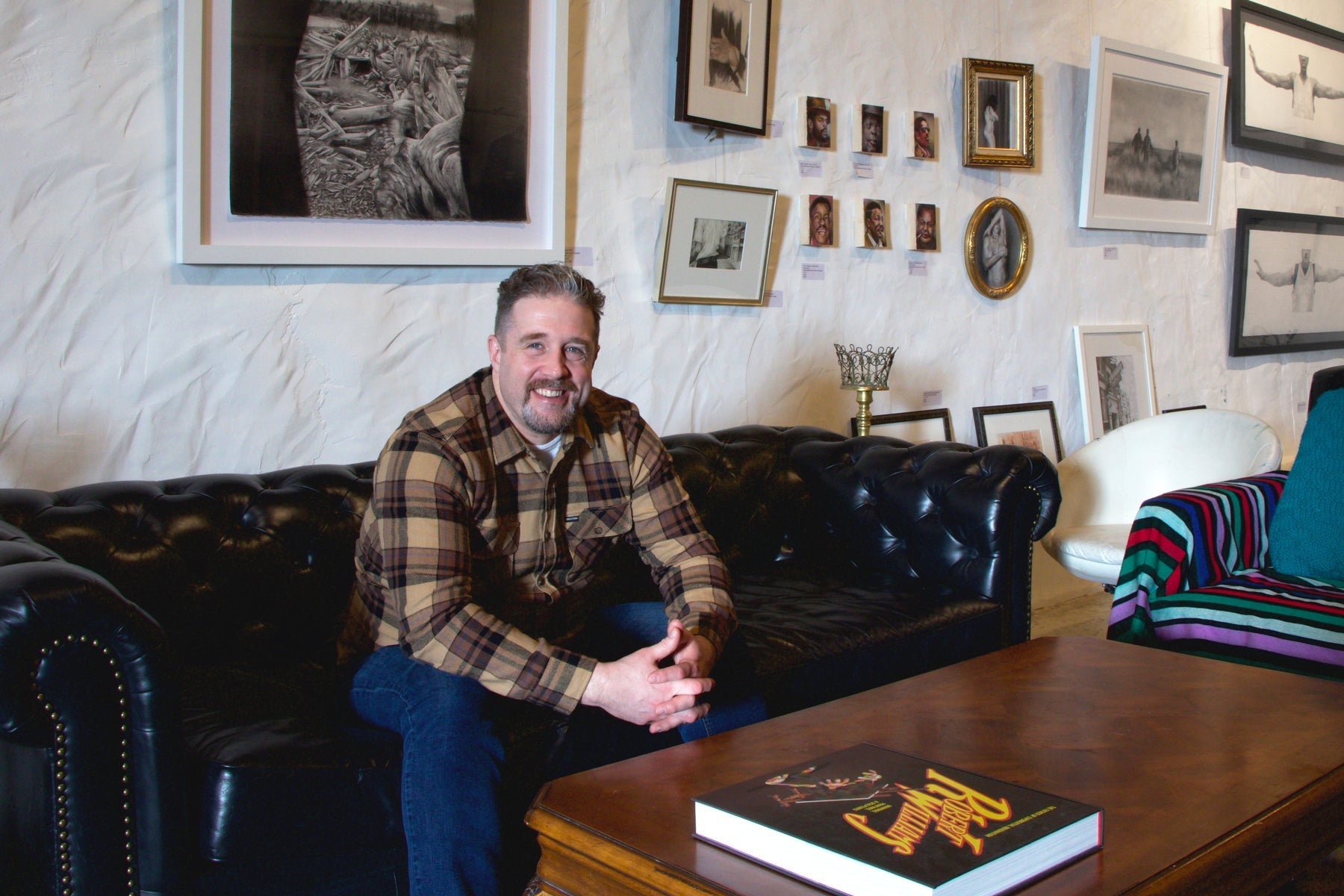We're exploring the world of portraiture in our series "Beyond The Face."
Portraiture asks us to see beyond the surface and explore what it means to truly see ourselves, others, and the spaces we inhabit.
Through the human form, we discover new perspectives not in subject, but in the act of creating.
By experimenting with how we capture the figure through different materials, approaches, and perspectives, we break the boundary between form and meaning.
From Graphite to Ink: How Mediums Impact My Portrait Style with Jeremiah Birnbaum
Artist Q&A with Jeremiah Birnbaum
What materials do you use for your portrait work, and how do they influence your process?
I primarily work in charcoal or graphite. I love the rich tones that charcoal allows me to achieve.
Conversely, I feel like I'm able to get that much more detail oriented when I work in graphite. The subject matter taken into context with the tones or textures in the drawing are usually what influence which mediums I use for my portraits.
Can you discuss a specific instance where the choice of a particular material significantly impacted the outcome of a portrait?
I made the decision in art school to master drawing in charcoal. This was the one medium that I could not control and it became a personal challenge to learn how to use it. Once I became comfortable with it, this became my favourite medium to work in.
In the 20 years since then, I've painted, sculpted, done photography and drawn with all kinds of other medium but I always return back to charcoal as my favourite.
Have you experimented with unconventional materials in your portrait work? If so, what drove you to explore those options, and what were the results?
I reached a point about five years ago where I became frustrated with what felt like self-imposed rules and expectations that I created for myself about how I was supposed to draw.
As a result, I started handing my sketches over to my kids to see what they would do with them. Both of my children were quite young at the time so I’d let them draw with markers. I loved the results I got from this and as result I started to incorporate markers and inks into my artwork. As well this allowed me to break out of this rut and gave me a new direction to take my work in.

What have you discovered about your artistic process through the use of certain materials, and how has that shaped your approach to portraiture?
I've discovered that my favourite part of the drawing process, working in both in charcoal and graphite, is when I have medium covering the entire surface of the image.
At this stage, I feel like I'm truly working in tonalities and I'm able to get a proper balance of light and shadow across the portrait. This approach allows me to give a sense of volume and weight to the subject which helps me achieve the realism that I strive to render.
Are there any materials that you find particularly challenging to work with in portraiture?
How do you overcome these challenges, and what impact does it have on the final aesthetic of your work?
As I mentioned, I started drawing with ink and markers specifically to force myself into being less precious with my work. I found that I was spending so much time rendering each and very every drawing that I was becoming less and less productive and wasn't having much fun doing it either. I was basically drawing myself out of my own creative process.
As a result, I started working in mediums that left a permanent mark forced me to loosen up. It was a challenge for me to let go my sense of control, but ultimately gave me the ability to work quickly and to have fun again. I feel like the work that I create when I draw this way has a sense of life and movement.

How do your material choices contribute to the exploration of themes such as masculinity, legacy, and environmental concerns in your work?
Do certain mediums lend themselves better to specific narratives or emotions you wish to convey?
I think the fact that I work in black and white contributes to the concept in my work as much as the style that I draw in. Most of the work that I’ve exhibited has been in charcoal or graphite. Black and white imagery has a sense of documentation and so the medium plays a direct role in that.
Do you consider the sustainability or ethical implications of the materials you use?
What significance does this particular piece hold for you, and how does it reflect your approach to portraiture and the materials you use?
I try to work with materials that will last and hold up. The materials that I work with for the most part are minimalist and I tend to use them until they're used up so I don't feel like I have too big of footprint materials wise. I do intentionally work with materials and mediums that are archival though as I want my work to have longevity.
Could you tell us about the portrait you’ve chosen to share for our store displays and Opus Essential Cards?
What significance does this particular piece hold for you, and how does it reflect your approach to portraiture and the materials you use?
The portrait used in the Opus store display, Tidal Shift, is an image of my daughter from when she was younger.
The image juxtaposes her portrait with a landscape scene depicting a beach covered in driftwood. The image is a direct commentary on the risks posed by climate change, in specific rising sea levels.
The concept takes the premise that child portraiture usually captures a temporary state given that the subject will grow up and mature. Landscape on the other hand usually depicts a more permanent state. This image seeks to put both the child and the landscape in a temporal state, each one vulnerable to the changes in the environment around them.

This drawing holds very special meaning to me because of the subject matter. I choose to depict it in charcoal because of all the textural components in the image.
The image selected for the Opus Essential Card, Lost In It Now, is a play on masculinity.
The subject is surrounded by signs and signifiers of who the character he is and what he represents. The drawing is intended to have a sense of humour with the neon sign acting like a halo over the man sitting in the image.
This piece comes from a series completed for a show with my former artist collective, The Phantoms in the Front Yard. This image was rendered charcoal and was drawn in the medium to try to capture all of the tones and textures of the environment and items around the subject.

Visit Jeremiah's instagram @birnbaumjeremiah


